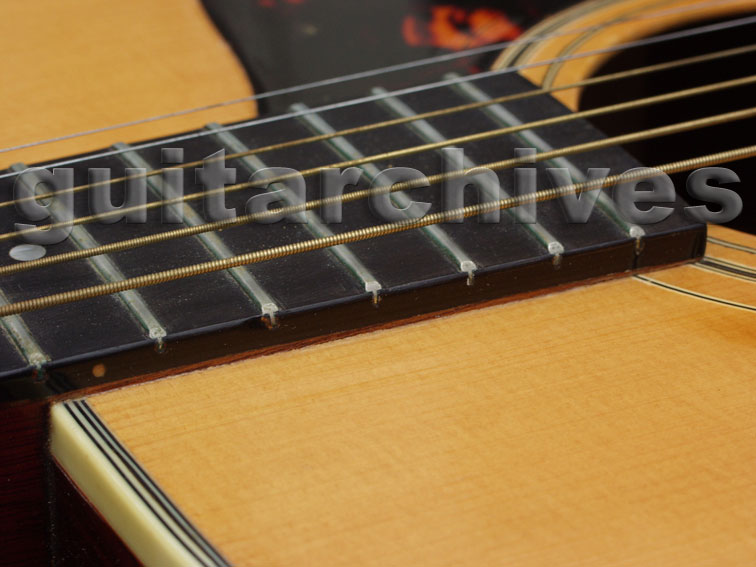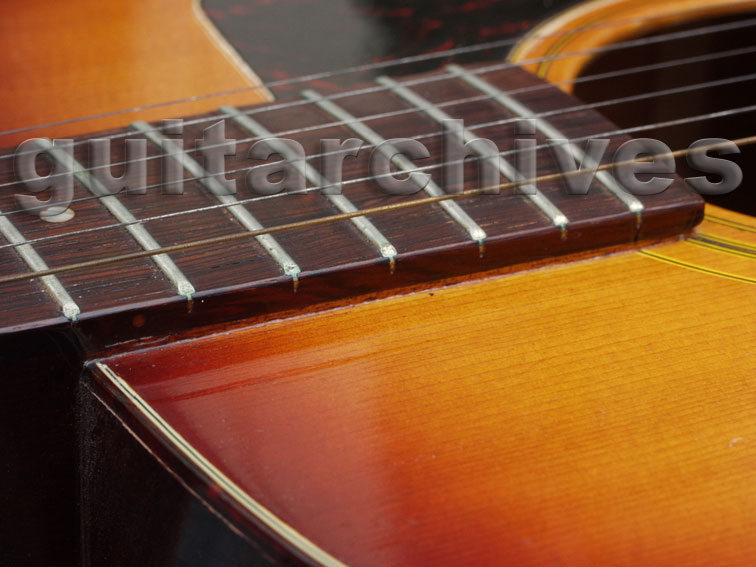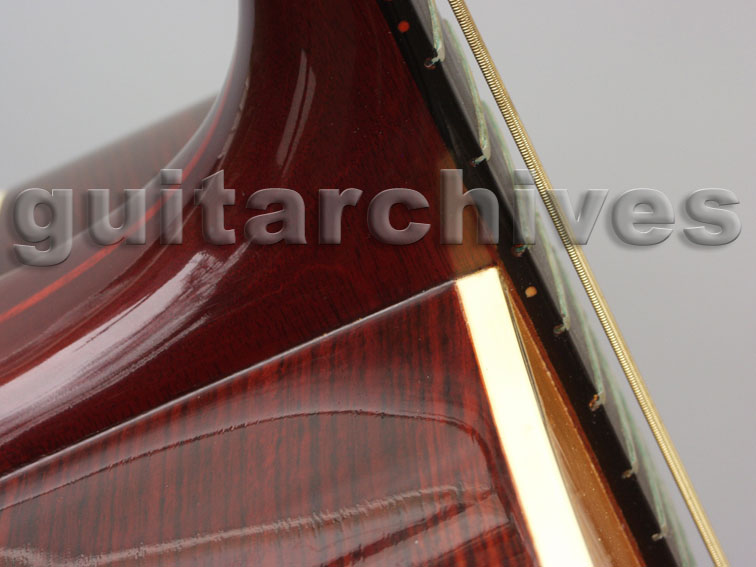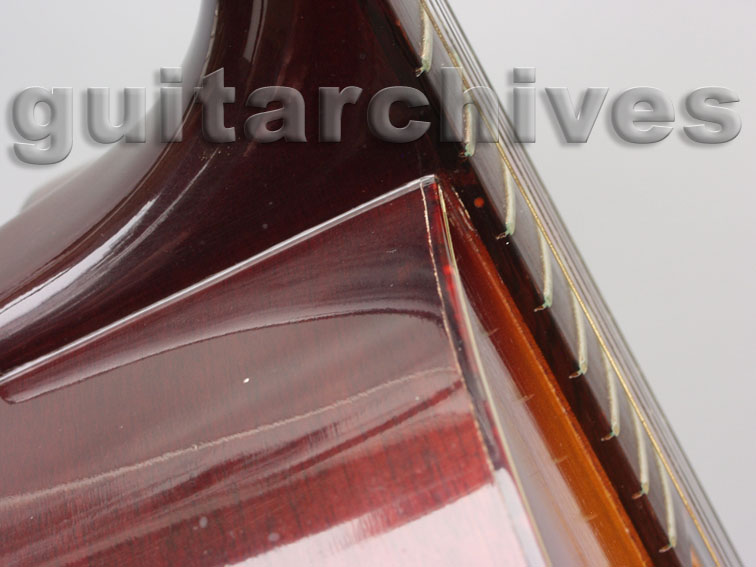idealassets said:
I thought that I might compare notes on LTG with this topic. I am underway with the restoration of my 1965 F312 guitar. (images to come next week). It is requiring a neck reset, new saddle, re-fretting, and re-glueing of the top headstock veneer. I am doing the work in a luthier class that is taught by a Gallup Guitar School trained luthier.
The neck came off with difficulty today. After extensive claen up of the areas affected, we re-guled and clamped in 2 locations around the neck area as required due to separation of binding and guitar sides at the neck joint. There were no cracks showing up anywhere.
The good part: With my new ownership (4 months ago), it seemed to have odd action, and today we discovered why. We uncovered that the neck was off previously and was "reverse-shimmed" with mahogany wedges, about 1/16" at the thickest. This explains why the action was so nice, yet the guitar action did not seem correct to me. Meaning the action was seemingly not as sophisticated as a 1965 Guild guitar would be perceived to be. The entire neck was parallel, but seemd raised too "favorably" for low action.
There were also some 1/16" thick wedges at the bottom of the rounded neck slot at the neck joint. This total effect raised the neck, flat to the body, about 1/16" inch upward, nearly level to the saddle.
At this point we became somewhat enthused about the possibility of restoring the original geometry, and what the overall effects will be. Before the work, the guitar played loud and clear, but I did not enjoy playing the odd set-up. Also the chord and barre chord fretting felt strange compared to whats normal.
I am interested in knowing if this innovation with the shims is a familiar scenerio. Certainly the lutheir instructor (younger than I) was astounded to see it. And how normal, or how abnormal was it for a guitar player to specify all that work and modifications?
Hello Craig,
It's somewhat unusual for me to post in threads that are tech-oriented. Early on I’ve decided not to participate in these kind of threads because I simply do not have the time. I just stick to the history stuff, which makes it easier for me to control the amount of work that comes with answering those kind of questions.
However, I've read your thread so far and I am afraid that maybe you're heading into the wrong direction. The main reason is that most of the information you've received so far ( including the info from the person who teaches in the luthier class) is from people who are not used to working on older Guild guitars. You should understand that Guild guitars from the '60s are entirely different animals compared to the Martin-style instruments that most people and repairmen are familiar with. Guild guitars from the '60s have a completely different geometry and one of the major differences between a Guild from the ‘60s and a Martin guitar is the way the neck is set into the body. Martin guitars are set back a little futher, which allows for a higher bridge & saddle. Guild guitars from that particular period are more like classical guitars, with a much lower bridge. That is the way they were designed and that’s one of the reasons why ‘60s Guilds play and sound the way they do. This was all changed after the move to Westerly during the early ‘70s, when the neck pitch was changed and the bridge design was changed pretty much to what it is today; more Martin like!
So, when you posted that somebody added mahogany ‘wedges’ under the fingerboard, I was under the impression that the repairman who performed the neckset, had placed ‘tapered’ shims under the fingerboard. Now that I’m looking at your photos I believe that the piece of mahogany you talked about, was put in there originally, when the guitar was built. Well, it may not have been the original piece and it could be the one that was put in there when the neck set was done.
You see, Guilds from that period were built with a mahogany shim under the fingerboard. They were designed that way and they are part of the ‘design philosophy’ behind those flattops. The neck pitch, the shimmed fingerboard and the lower-style bridge, were all part of that philosophy.
Here are a couple of quick shots that I made of a D-50 and an F-30 from about the same period as your F-312:
The shims you see were not placed there to correct for the changed angle after a neck set. These are guitars that never had a neck set but came from the factory with those mahogany shims under the fingerboard.
Here are some more shots of the same two guitars that show the untouched neckjoints:
So, when you stated
'At this point we became somewhat enthused about the possibility of restoring the original geometry, and what the overall effects will be' I was thinking that you should start with knowing what the original geometry was.
Maybe you should re-think your strategy for the restoration of this guitar. I'm not in a position to help you much, so i'd think you should take this to the person who teaches your class, discuss it with him and see what the possibilities are for returning this guitar to it's original state.
That's pretty much what I can do for you from here. Didn't want to ruin your day, but the thought of another Guild guitar becoming something it was not intended to be, would have ruined my day!
Good luck!
Sincerely,
Hans Moust
http://www.guitarsgalore.nl





